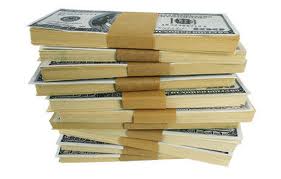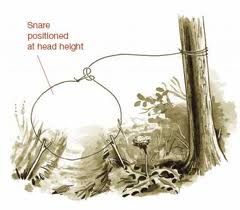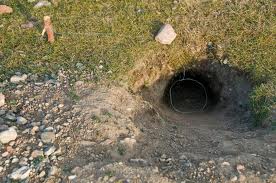No, Not that Cash.
Yeah, THAT’s the one!
Are you planning to be the first one to the ATM when it hits the fan? Good luck with that plan. You better plan ahead, or you will be as cashless as Vivian Liberto at a June Carter concert.
Banks Don’t Keep Much Cash On Hand
I went to the bank today to make a modest withdraw. I ask the teller for six $100 bills. He could only give me four. The rest, he had to give me in $50 bills. The bank did not have six $100 bills. I probably could have gotten someone to go in the back to get another stack out of the safe if it had been all that important, but the reality is banks are not prepared for any kind of a currency run.
Today’s market is becoming increasingly cashless. More and more transactions are being handled by credit cards and other electronic means. This requires banks to use less and less cash. The less cash they need, the less they have on hand. No big deal as long as your credit card keeps working. And that system is fail safe, right? Wrong! We are increasingly seeing cyber attacks on individual banking networks that knock out all banking services for hours; that includes credit cards. We haven’t seen widespread outages yet, but the day is coming.
I wrote an article a few months back about a friend who had been the victim of identity theft and a banking mistake all in the same year. Both of these incidents left her without cash. In the first incident, her debit card was cloned and her account drained. After months of investigations, it was determined that it was not her fault and her funds were returned by the bank. In the second incident, her mortgage company drafted three months of payments in one week. This also drained her account. Both of these incidents left her without access to cash.
I am sure there are plenty of folks who have lost it all in home invasions because they had all of their cash at home. I just don’t know any of them personally. It is not an “either or” situation. Diversification is the key. Keep a few bucks around the house in a safe or a well hidden place. There are lots of things besides “the end of the world as we know it” that can keep you from being able to get to your money. Here in South Florida, we had widespread power outages after Hurricane Wilma. I am sure folks in the North East experienced the same thing last year after Sandy. When the power goes out, guess what. That’s right! The ATM’s are out, Credit card machines don’t work and Banks are closed. Several Mom and Pop stores were open after Hurricane Wilma, but they were only taking cash. You either had it before you needed it or you didn’t get it at all.
Now For The Clincher!
Back in March, the country of Cyprus witnessed something many other countries have witnessed before, a bank holiday. I know, it sounds like something we should celebrate with juice and cookies, but it’s not. A bank holiday is where the banks are closed by the government. Cypriots went weeks without being able to withdraw money. When the banks reopened, they were restricted to 500 Euros a week.
I have a friend who is from Russia. Ana grew up during the crisis in the late 90’s. She watched her family go from upper middle class to completely poverty stricken. Her family’s hard earned savings sat in the bank where it could not be accessed because of capitol controls. Because their money could not be accessed, it was destroyed by runaway inflation. After 7 years, their savings lost more than 90% of its value. If it had been outside of the banking system, it could have been used for much needed items or they could have put it into gold and silver to preserve its wealth.
People think that kind of thing will never happen in America, and I pray that they are right. It only makes sense to keep some portion of your savings outside of the banking system. None of the countries who have been through the chaos like Russia and Argentina thought it would happen to them. Both of those countries also saw hyperinflation devastate their money as well. Gold and silver can protect against hyperinflation and complete currency collapse, but you have to convert it before the crisis. Once the crisis comes, the prices will skyrocket and availabilities quickly dry up like a puddle in the desert. I use JM Bullion for purchasing gold and silver. Use coupon code PR5 to get $5 off your order of $300 or more. They are a sponsor of PrepperRecon.com, but I was using them prior to their sponsorship of the site because they have the lowest over spot price of any dealer I know of.
How much you keep outside of the banking system is up to you, but I recommend keeping at least one months expenses in cash in a safe or well hidden location in your home. To learn more about gold and silver, read my Bullion post.
Happy Prepping!
MDG




























































